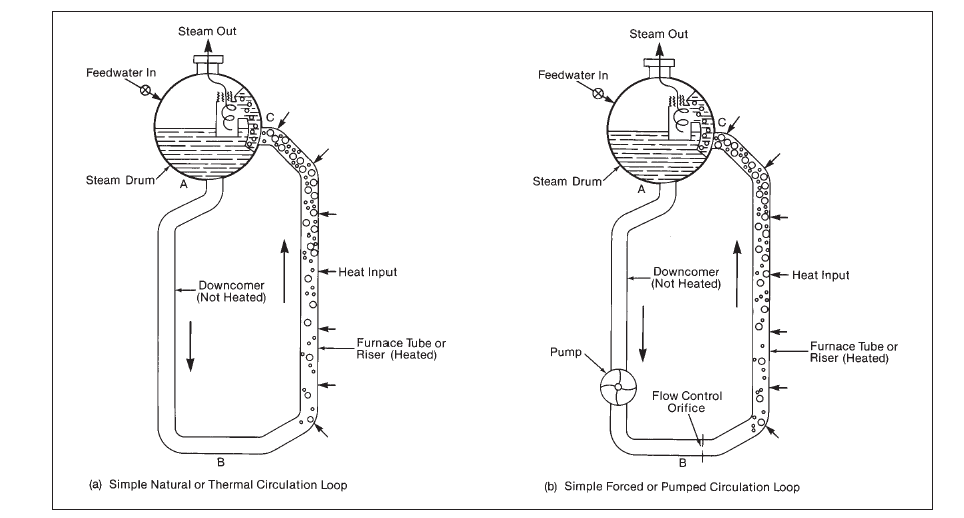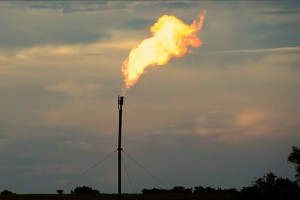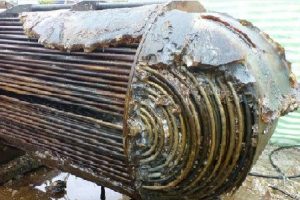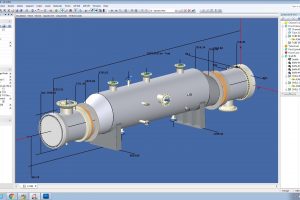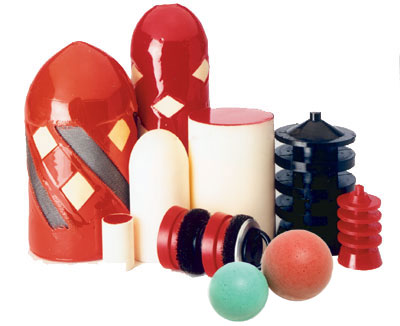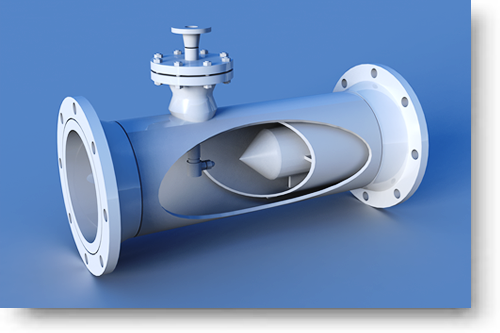For both, steam drum systems as well as once-through steam generators (OTSG) systems, we must have uninterrupted flow of water through the tubes in order for the system to continuously generate steam.
For an OTSG system, water travels only one time (single pass) through the boiler tubes before being converted to steam and sent to the steam turbine generator set for producing electricity. On the other hand for steam-drum systems, water has to travel many times (multiple passes) through the tubes before it leaves as steam.
Based on two basic types of circulation commonly used, high pressure (HP) steam producing boilers can be classified as:
- Natural or thermal circulation boilers and
- Forced or pumped circulation boilers
Natural (or thermal) circulation boilers
Referring to figure-1(a), in the downcomer (pipe through which flow is directed downwards), no steam is present and the tube section A-B is not heated. Heat input generates a steam-water mixture in section B-C, usually referred to as riser (pipe through which flow is directed upwards). Due to the fact that the steam-water mixture at section B-C is less dense (since it is hotter) compared to the water of section A-B, thermosiphonic effect (gravity) will cause the water to flow donwards at segment A-B and upwards at segment B-C towards the steam drum.
Natural versus forced circulation typical schematic
In natural or thermal circulation type boilers, the rate of circulation depends strongly on the density difference between the unheated water and the heated steam-water mixture. The overall circulation rate (flow) in natural circulation systems mostly depends on the following factors:
- Height of the boiler - Taller boilers yield a bigger pressure difference between the heated and unheated sections and consequently produce bigger flow rates.
- Operating pressure of the boiler - Higher operating pressure produces higher density steam as well as higher density steam-water mixtures. This tends to reduce the overall density difference between the heated and unheated segments, as the liquid water density remains same being independent of operating pressure. Hence higher pressure reduces the produced steam flow rates.
- Heat input rate - Higher heat input rate helps reduce the average density in the heated section and thereby increase the total flow rate.
Description of forced (or pumped) circulation systems
A pump is added in the closed flow loop system indicated in the section A-B of figure-1(b). The pressure difference created by the pump (pump head) helps control the water flow rate. A pressure reduction device (orifice or similar) is also typically used, as an additional control mechanism.
